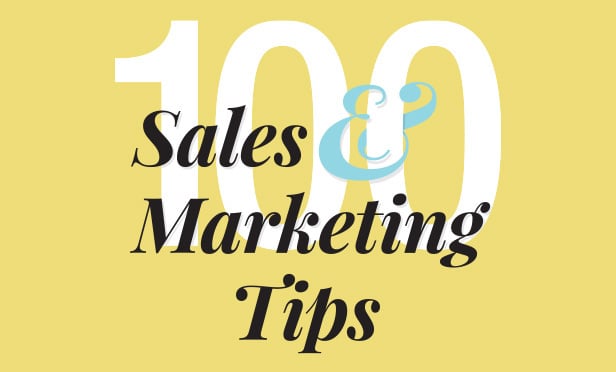 To make your company's investment in employee benefits pay off, it must be backed by an equally comprehensive education and communication program.
To make your company's investment in employee benefits pay off, it must be backed by an equally comprehensive education and communication program.
It might not quite rank up there with public speaking and going to the dentist, but a lot of America's workers are pretty anxious about their finances.
In fact, 50 percent of workers experienced stress or anxiety about their finances in the past year, according to a recent Unum poll of 1,512 full-time U.S. employees. Those numbers are even higher among Gen Z (76 percent) and millennial (62 percent) workers. And it's not only those who are relatively new to the work world and perhaps earning less who say they're suffering: More than a third of those with a household income of at least $150,000 feel financial anxiety.
Related: 10 things you should know about Americans' finances
Paying the mortgage or rent, paying monthly bills and making credit card payments lead the stress list — but paying for health care isn't far behind, the survey showed. Nearly one in four workers are worried about out-of-pocket health care costs.
And with good reason. The average health care deductible for single coverage was nearly $1,500 last year, and almost twice that for family coverage. Add in co-pays, coinsurance and other non-covered costs, and an average family has more than $4,700 in out-of-pocket medical costs each year — and that's not counting the cost of health insurance premiums.
At the same time, most workers don't have a financial cushion to fall back on. Only 40 percent would use savings to pay an unexpected $1,000 expense, such as a car repair or emergency room visit. Not surprising, then, that two-thirds of all bankruptcies are tied to medical issues.
Obviously, employees coming to work with these kinds of worries aren't going to be as productive as possible, and that's eventually going to hurt the business. Besides, if your company is like most employers, it's important to you that your staff is healthy and happy. The good news is there are several relatively simple, low-cost steps you can take to help your staff focus on work instead of worrying about their bank balance. If your annual benefits enrollment is coming soon, now is the ideal time to consider these strategies.
Offer supplemental benefits
No matter how healthy your major medical plan is, it can't cover everything. In addition to the copays and deductibles, employees who are injured or ill often have non-medical expenses, too: travel for treatment, child care during medical appointments, even everyday bills if their income is reduced because they can't work for a period of time. Coverage such as disability insurance, accident insurance, hospitalization insurance and critical illness insurance can help bridge the gap between what your major medical plan covers and those out-of-pocket expenses.
These kinds of benefits are selected — and usually paid for — by employees. This not only allows them to customize their benefits package to best meet their individual needs, it means there's no direct cost to the business.
Provide employee assistance programs
Employee assistance programs can provide support services to help employees deal with personal and work-related stress and direct them to resources for a variety of family issues. Services can include financial counseling and help with budgeting. Your benefits provider may include EAP offerings in some plans at no additional cost. If you offer a 401(k), the company that manages it also may be able to offer financial well-being programs.
Communicate constantly
It would be nice to think your employees understand their benefits completely and spend a solid amount of time considering their needs before your annual enrollment.
Unfortunately, only a third of employees understand their benefits very well, and the majority (69 percent) spend an hour or less considering their benefits annually, according to a recent Colonial Life survey of 1,500 full-time U.S. employees. Even worse, a third of workers say they spend less than 30 minutes learning about their benefits.
To make your company's investment in employee benefits pay off, it must be backed by an equally comprehensive education and communication program. An effective benefits communication plan will reach employees and allow them to access information when and where they want, and may include group and individual meetings, call centers, websites or portals, and print and digital materials offered over a period of several weeks. These kinds of services may be available at no additional cost from your benefits provider.
Better education drives greater engagement — and higher participation levels that help your business succeed, too.
Ashley Shope ([email protected]) is assistant vice president of product and market development at Unum.
Read more:
Complete your profile to continue reading and get FREE access to BenefitsPRO, part of your ALM digital membership.
Your access to unlimited BenefitsPRO content isn’t changing.
Once you are an ALM digital member, you’ll receive:
- Breaking benefits news and analysis, on-site and via our newsletters and custom alerts
- Educational webcasts, white papers, and ebooks from industry thought leaders
- Critical converage of the property casualty insurance and financial advisory markets on our other ALM sites, PropertyCasualty360 and ThinkAdvisor
Already have an account? Sign In Now
© 2025 ALM Global, LLC, All Rights Reserved. Request academic re-use from www.copyright.com. All other uses, submit a request to [email protected]. For more information visit Asset & Logo Licensing.






